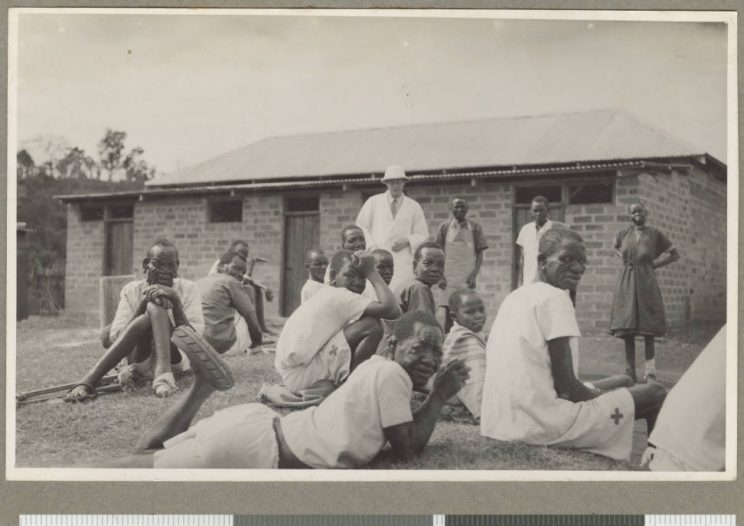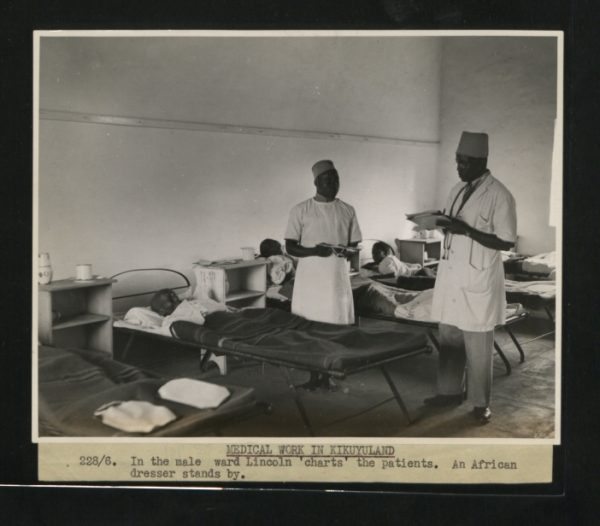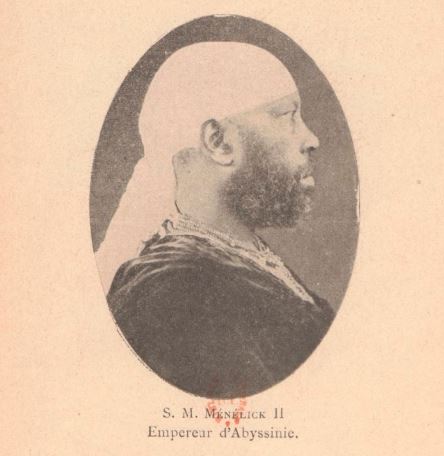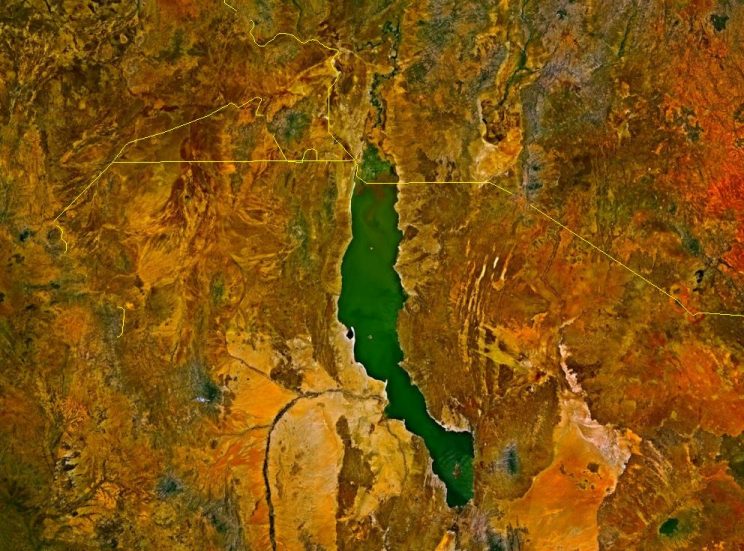
Since 1975, the stunning, green lake in the north of Kenya has officially been known as Lake Turkana. It was a name given in honour of one of the indigenous groups of the north of Kenya, the Turkana, by the then president of Kenya, Jomo Kenyatta.
The Turkana people also have a name for this lake. They call it Anam Ka’alakol, meaning “the sea of many fish”. It is a name that implies knowledge of this body of water, built over a considerable period of time.
Nineteenth century European explorers were unlikely to be humble in their ‘discoveries’ and acknowledge that the indigenous people had already ‘discovered’ this large water body in the north of Kenya. (I touch on this issue of ‘relative’ discovery in another post here). Indeed, before 1975, the lake was officially called Lake Rudolf, a name given by Count Samuel Teleki who, in 1888, led an expedition to the north of what is now present day Kenya.
Count Teleki’s journey and exploits are described in the 1892 book ‘Discovery of Lakes Rudolf and Stefanie ‘ written by his companion Lieutenant Ludwig von Hohnel, and translated into English by Nancy Bell in 1894.
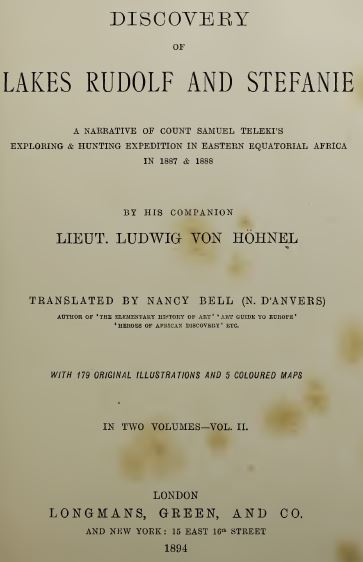
von Hohnel’s book also captures life in this part of Africa from the perspective of the nineteenth century European. In 2017, this book is a difficult read, for a couple of reasons.
The book comes complete with photos of trophy hunts; hunters posed with the dead animals, including rhinos and elephants. Even more infuriating is the derogatory language used on the indigenous people coupled with the sub-human treatment of the heavily laden African porters. Many may therefore find the book utterly unpalatable.
That said, the book contains some brilliant descriptions on the explorers ‘discoveries’ and is available online here. Here is a description of the Europeans’ first sight of Lake Turkana found on pages 92 and 95:
…finding some little pool with slimy green water at which to quench our thirst, when all of a sudden, as we were climbing a gentle slope, such a grand, beautiful, and far-stretching scene was spread out before us, that at first we felt we must be under some delusion and were disposed to think the whole thing a mere phantasmagoria.
On the east of the mountain the land was uniformly flat, a golden plain lit up by sunshine, whilst on the east the base of the volcano seemed to rise up out of a bottomless depth, a void which was altogether a mystery to us. We hurried as fast as we could to the top of our ridge, the scene gradually developing itself as we advanced, until an entirely new world was spread out before our astonished eyes.
The void down in the depths beneath became filled as if by magic with picturesque mountains and rugged slopes, with a medley of ravines and valleys, which appeared to be closing up from every side to form a fitting frame for the dark-blue gleaming surface of the lake stretching away beyond as far as the eye could reach.
At that moment all our dangers, all our fatigues were forgotten in the joy of finding our exploring expedition crowned with success at last. Full of enthusiasm and gratefully remembering the gracious interest taken in our plans from the first by his Eoyal [sic] and Imperial Highness, Prince Rudolf of Austria, Count Teleki named the sheet of water, set like a pearl of great price in the wonderful landscape beneath us, Lake Rudolf.
Another explorer of the north of present day Kenya in the nineteenth century was the Russian Nikolai Leontiev. Nikolai was a close friend of the then emperor of Ethiopia, Menelik II (see my post on Menelik II here).
Nikolai visited Lake Rudolf and wrote about it in a French book published in 1900. The book also contains line drawings of ethnographic items like bracelets, clubs, head-rests and other items of the indigenous people he encountered.
The itinerary of Nikolai’s expedition is documented in the map below that predates the partition of countries south of Ethiopia into the present day Kenya and Uganda.

The pleasure of setting eyes on Lake Turkana is aptly described in von Hohnel’s book, on page 95:
For a long time we gazed in speechless delight, spell-bound by the beauty of the scene before us, whilst our men, equally silent, stared into the distance for a few minutes, to break presently into shouts of astonishment at the sight of the glittering expanse of the great lake which melted on the horizon into the blue of the sky.
My other posts, here and here. show how Lake Turkana still delights those who make the journey to meet her.
